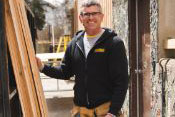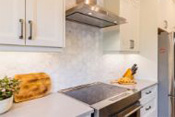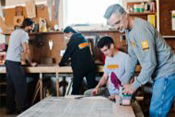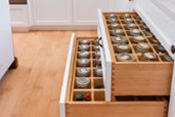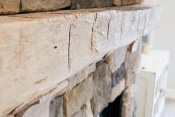As the needs of homeowners change, homes will require more versatile design. Universal design focuses on making a home more comfortable, safe and accessible for everyone, regardless of age or physical ability. Simply put, universal design is good design for everyone, and something we have incorporated into our renovation designs for the years. Here are a number of universal design elements we consider for the home renovations we
In the Kitchen
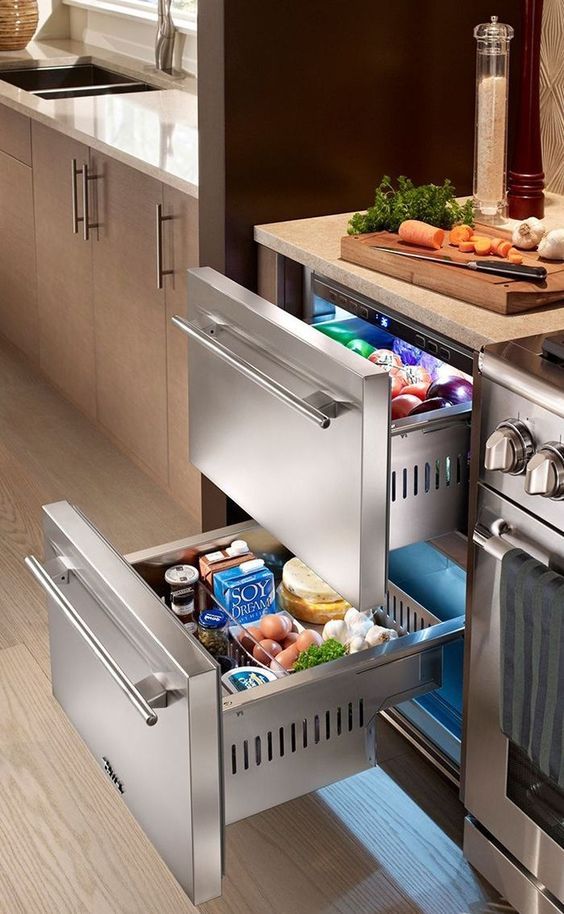
- Flexible appliances like under-the-counter refrigerator drawers make a kitchen more accessible for someone in a wheelchair.
- Install pulls instead of knobs on cabinets and drawers. They are much easier on arthritic hands.
- To accommodate a cook who uses a wheelchair, leave space under the sink, cooktop, and prep counter, install pull-down shelves in the upper
cabinets, and choose a range with controls on the front. - A contrasting edge-band along countertops makes it easier for someone with failing eyesight to see the edge of the countertop.
- Elevating the dishwasher accommodates people in wheelchairs or who have a hard time bending.
- Choose a sink that raises or lowers at the touch of a button.
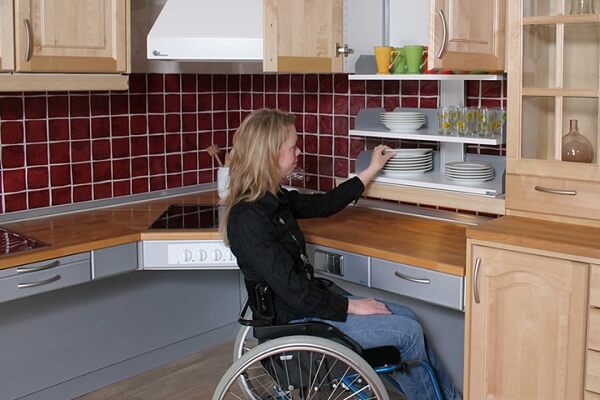
In the Bathroom
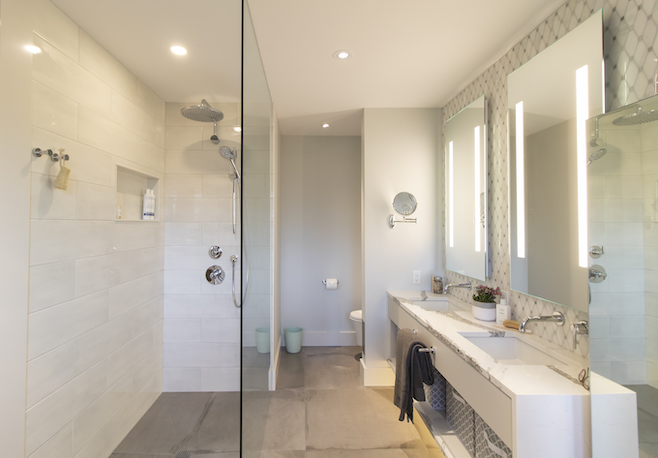
- Instal low or no-threshold showers.
- Install countertops with contrasting edge-banding.
- In the tub/shower, choose an adjustable-height showerhead so the showerhead can easily be positioned at a comfortable height for anyone.
- Use anti-scald or pressure balancing valves.
- Offset shower and/or tub controls outside the tub or shower so they can be easily accessed.
- Install grab bars or blocking (at the very least) between the studs so that grab bars can easily be added in the future.
- Install vanities of different heights.
- Choose a tilting sink.
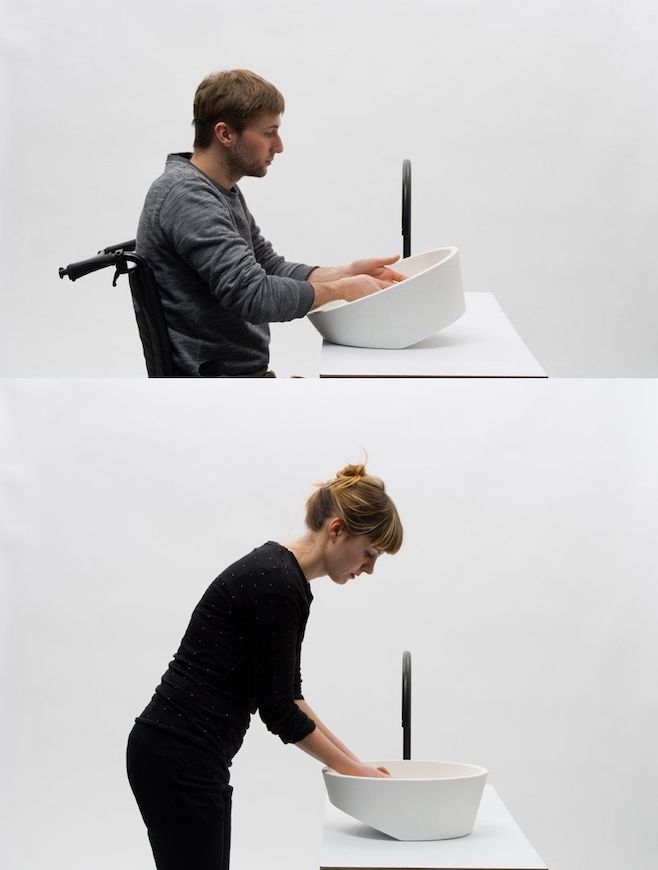
Throughout the House
- Choose lever handles instead of doorknobs.
- Design hallways and doorways that are 32 inches wide or more.
- Avoid changes in floor height, including thresholds.
- Lower switches and raise receptacles so that they can be reached from a seated position.
- Avoid placing light switches at the back of countertops.
- Motion sensor lights can increase safety especially in the bathroom and outdoor areas.
- LED ground tracking lighting along hallways and outdoor pathways help with navigation.
With all of these options, it’s important to remember that universal design doesn’t mean you have to sacrifice style for function. Here is an article that features a few projects that demonstrate how accessible homes can also pack the ‘wow’ factor too.

When we design homes for our clients, it’s important that the design will work for everyone whether able-bodied or not. If you are considering adding universal design elements to your home, choose a team of qualified professionals who value accessible design and putting people first. Give us a call to get started. 519-664-2245






